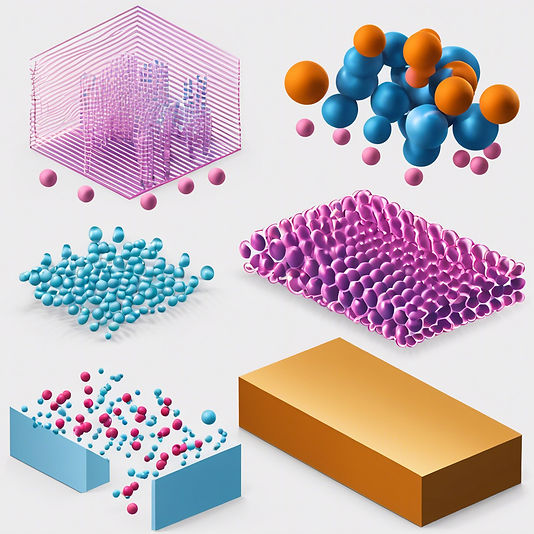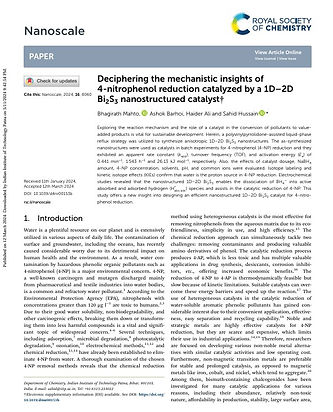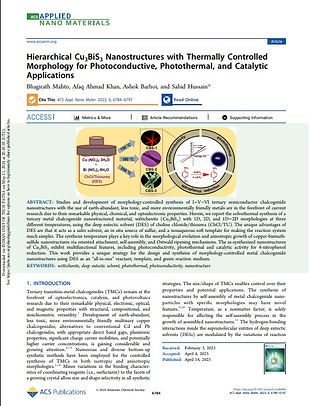Welcome to NEC Lab
Laboratory of Nanomaterials for Energy and Catalysis
Welcome to NEC Lab, where research merges with inventive applications! Our facility is exclusively dedicated to synthesizing nanostructured materials, carefully designed and controlled over their morphology, band gap, shape and size, and charge. Further exploring in the domain of energy storage, catalytic processes, environmental remediation, and organic transformations.

Our Research Focus
The synthesis of nanostructured materials heralds a new era of scientific exploration, where the manipulation of material properties at the nanoscale opens the door to a myriad of possibilities. At the heart of this endeavor lies the meticulous control over key parameters such as morphology, band gap, size-shape, charge, and phase. These intricately intertwined factors dictate the properties and performance of the resulting materials, underscoring the importance of precise synthesis techniques. By mastering the art of morphology control, researchers can tailor the structural characteristics of nanostructures, influencing their surface area, porosity, and interfacial properties. Similarly, manipulating band gap and charge affords unprecedented control over the electronic properties of nanostructured materials, paving the way for applications spanning from optoelectronics to energy storage. Moreover, the size and shape of nanostructures play a pivotal role in dictating their mechanical, optical, and catalytic properties, offering tantalizing opportunities for innovation and discovery. In supercapacitors, nanostructured materials emerge as frontrunners, leveraging their high surface area and conductivity to enable efficient energy storage and rapid charge-discharge cycles. Their exceptional electrochemical performance is key to unlocking the full potential of next-generation energy storage devices, promising a future marked by sustainability and scalability. Furthermore, in catalytic processes, nanostructured materials serve as catalysts of change, driving transformative advancements in chemical synthesis and environmental remediation. Their finely tuned properties and high catalytic activity enable sustainable pathways for producing fine chemicals and pharmaceuticals while also facilitating the degradation of environmental pollutants with unparalleled efficiency. Additionally, nanostructured materials find application in green organic transformations, where they catalyze environmentally benign synthesis routes with exceptional selectivity and efficiency. From the valorization of renewable feedstocks to the synthesis of complex organic molecules, these materials serve as catalysts for positive change, ushering in a new era of sustainable chemistry. In essence, the synthesis and application of nanostructured materials represent a paradigm shift in materials science and engineering, offering limitless opportunities for innovation and discovery across various fields.

News & Events










